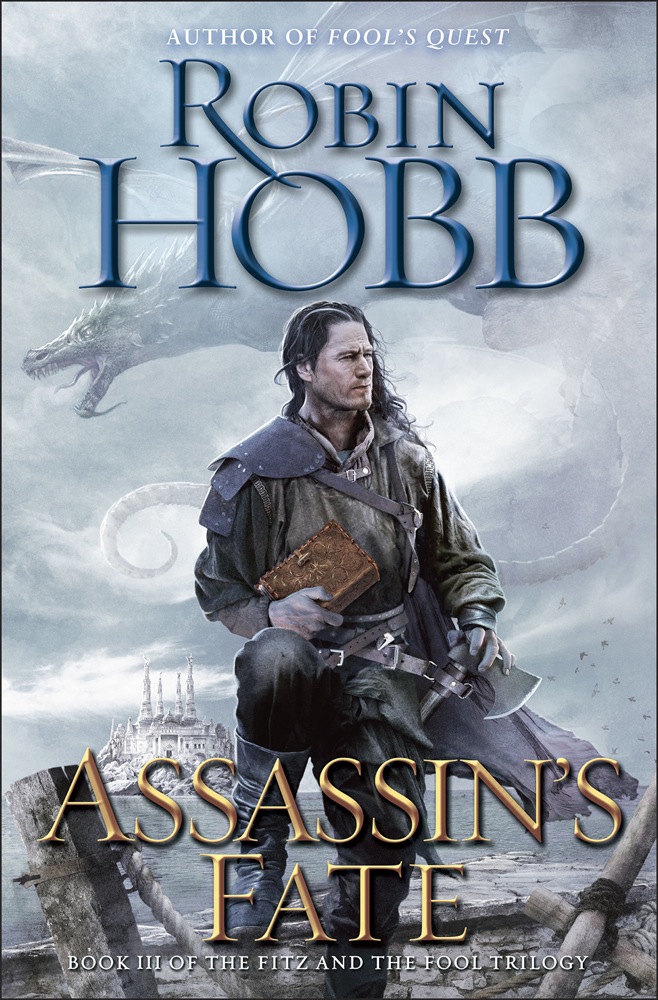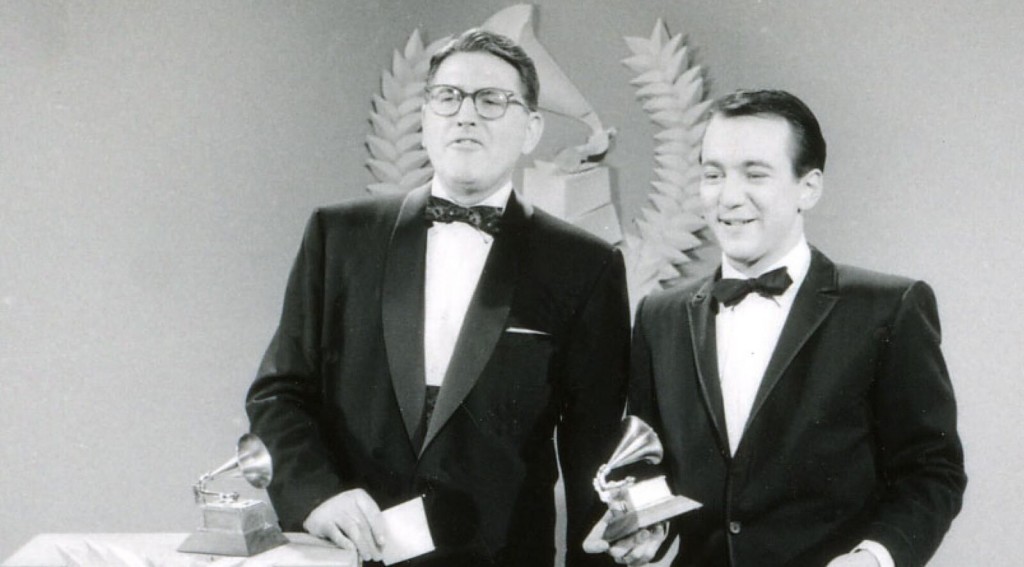
‘Assassin’s Fate’ book review
By Caroline Ho, Arts Editor
4.5/5
The Fitz and the Fool trilogy comes to a long-awaited, breathtaking, tear-inducing, and emotionally-draining conclusion with its final book, which came out this May.
Assassin’s Fate is the third novel in Robin Hobb’s Fitz and the Fool trilogy, which is in turn the third trilogy featuring the titular characters of FitzChivalry Farseer and the Fool. All of Hobb’s books are absolutely masterful in their character-writing; the author introduces us to protagonists who are almost unbearably sympathetic and puts them in the most physically and emotionally tormenting situations, but somehow manages to make her heroes agonizingly relatable instead of pathetically pitiful. You’d have to be a pretty heartless reader not to be moved at least a little bit by Hobb’s novels; as I am very easily moved, I will admit to having cried multiple times throughout this book—at both tragic and ecstatic scenes.
Book two of the trilogy, Fool’s Quest, leaves off with Fitz believing his daughter Bee to be dead. In Assassin’s Fate, Fitz and his oldest friend, the Fool, vow to journey to the distant city of Cleres to take vengeance on Bee’s killers. But Bee in fact lives, a prisoner of the corrupt and cult-like Servants who are also taking her to Cleres. The novel follows both father and daughter along two well-paced plotlines, both moving toward an ultimate convergence and confrontation.
Not many high fantasy novels are written in the first person, and very few from multiple first-person perspectives. Assassin’s Fate balances smoothly and effectively between the viewpoints of Fitz and his daughter. The former is well into his adult years while the latter is a young child, and their voices are appropriately distinct, equipped with realistically sympathetic flaws and strengths.
The novel is a heavy read in more ways than one. The hardcover is over 800 pages, and it’s also incredibly weighty emotionally. Personally, I found that the story did not drag even a tiny bit at any point throughout the book. Fitz’s sections enraptured me considerably more than Bee’s, partly because the readers’ have had six more books to build up emotional attachment to Fitz’s character. But Bee also goes through remarkable—yet believable—character development that made me cheer her on almost as much.
The only possible weak point of this book also happens to be my favourite thing about it. Hobb draws not only on her previous two trilogies about Fitz—the Farseer and Tawny Man trilogies—but also on her other two series set in the same realm, the Liveship Traders trilogy and the Rain Wild Chronicles quartet. Most of the protagonists from those two series make notable, plot-relevant appearances. As a long-time fan of every one of Hobb’s books—actually, Liveship Traders is probably my favourite of her series—it’s such a delight to see where these characters have ended up years later, and it’s also demonstrative of Hobb’s masterful worldbuilding to witness how all her storylines connect so organically. However, to anyone who hasn’t read, or isn’t as fond of, the author’s other books, parts of Assassin’s Fate might feel too much like fan service.
That being said, for a reader who has diligently and avidly followed this lengthy saga, this book is the ultimate reward. I can’t reveal if any major characters die, but I can promise that Assassin’s Fate takes all of the emotional depth of previous novels and compounds the sensation into one wholly engrossing rollercoaster of feeling that spans the entire novel.
Hobb hasn’t announced any plans to write any more series in the same world or featuring the same characters, but that doesn’t mean there won’t be more in the future—after the conclusion of the Tawny Man trilogy in 2004, Fitz’s story seemed to be over, and that clearly wasn’t the case.
For now, Assassin’s Fate stands as an epically, beautifully, painfully poignant ending to a long and fantastic set of series.

